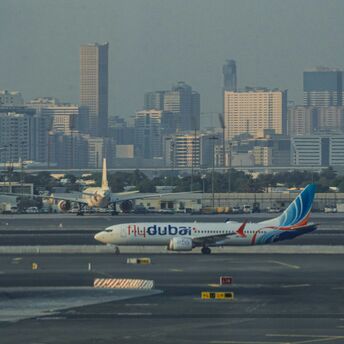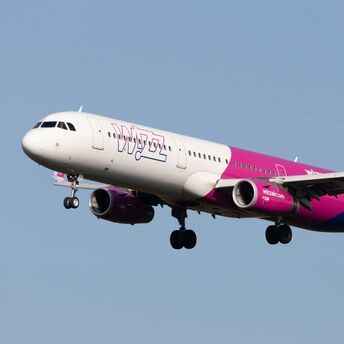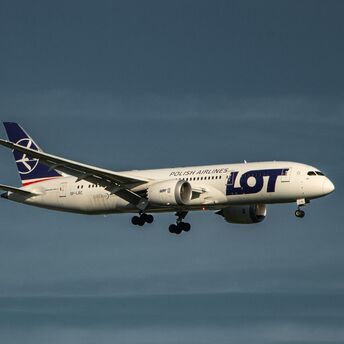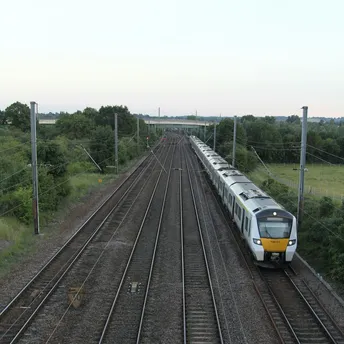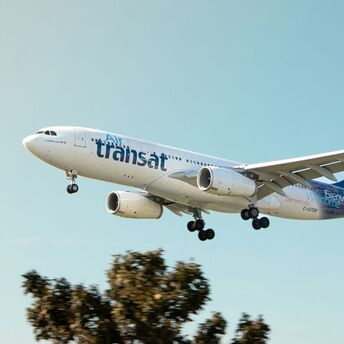Teesta River Floods Cause Major Travel Disruptions on NH-10

The rising water levels of the Teesta River have significantly impacted traffic on National Highway 10 (NH-10), leading to diversions and restrictions that affect travel and tourism routes in the region. The situation has prompted swift administrative responses to manage the disruptions and ensure safety.
Emergency measures were taken as the Teesta's water level surpassed the danger mark, causing the Deogram Teesta Bazar Road to submerge. Although no fresh landslides have been reported, cracks appeared at the 27th Mile, necessitating immediate road clearance efforts. Kalimpong District Magistrate Bala Subramanian T deployed earth movers and imposed traffic restrictions until the roads are restored.
Heavy vehicles are restricted from moving between Sethi Jhora and Rangpo from 6 pm to 6 am to ensure safety during vulnerable hours. Small vehicles face restrictions between 29th Mile and Bhalu Khola from 8 pm to 6 am, addressing specific risk areas along the route.
The closure and restrictions along NH-10 have disrupted travel itineraries and accessibility to popular tourist destinations like Kalimpong and Sikkim. Tourists and commuters are experiencing delays and inconveniences due to altered travel routes and restricted hours. These changes have increased travel time and necessitated detours, potentially deterring visitors from exploring the affected areas.
Despite the negative impacts on travel schedules, enhanced safety measures and proactive road management ensure minimal disruption and safer travel conditions once restoration efforts are complete. This incident underscores the need for robust infrastructure and disaster management strategies to mitigate future disruptions. The region’s ability to adapt to natural challenges like riverine floods is crucial for maintaining sustainable tourism practices and ensuring visitor safety.
The Teesta River’s impact on NH-10 traffic highlights the vulnerability of travel and tourism routes to natural hazards. While current disruptions pose challenges, proactive administrative measures and road management strategies are essential in maintaining travel resilience and ensuring continued tourist engagement in the region.



